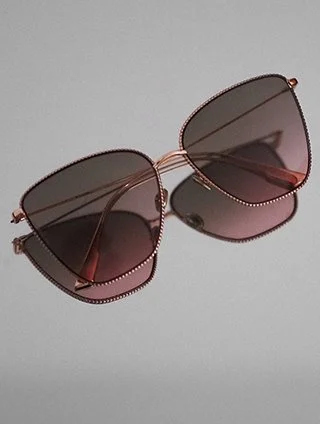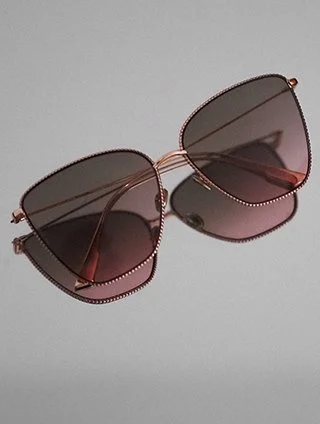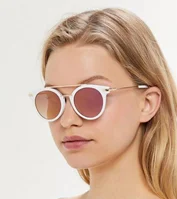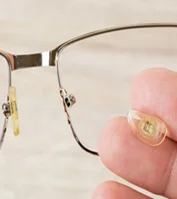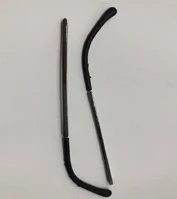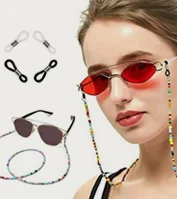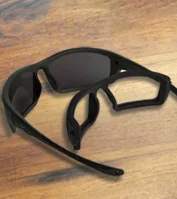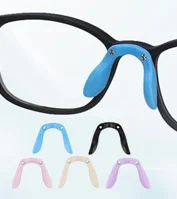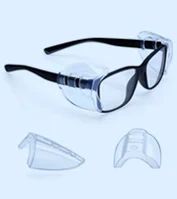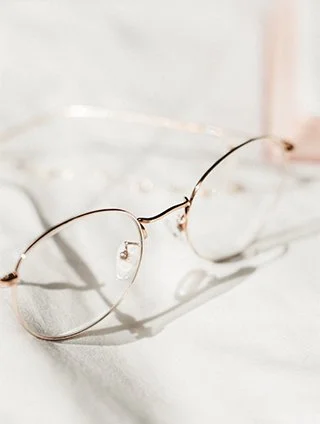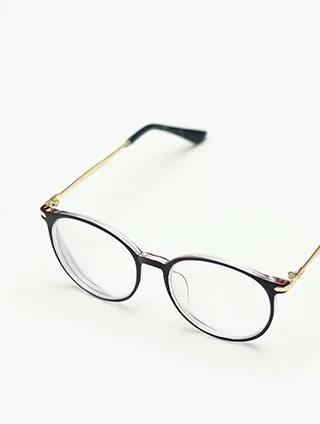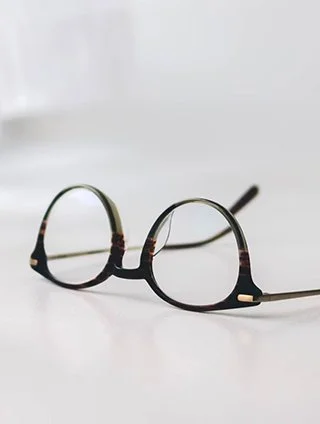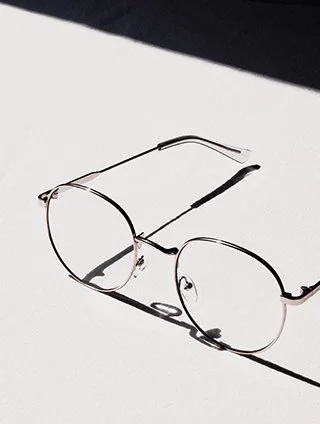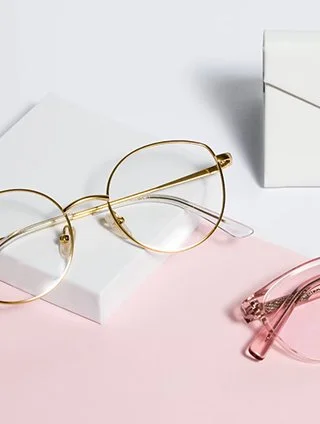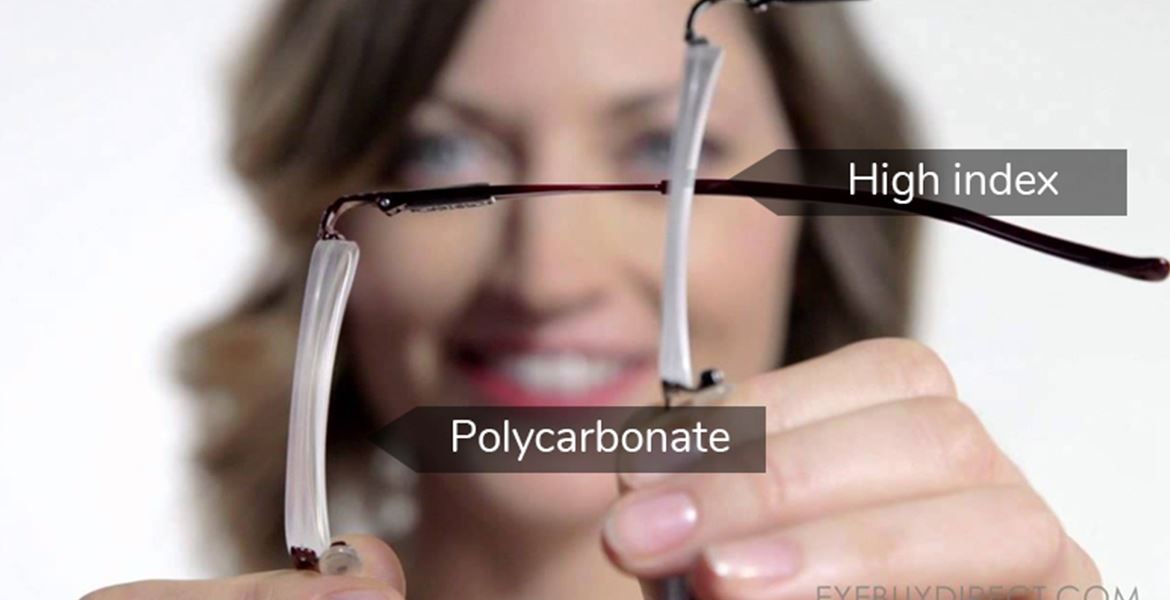Last updated: Thursday, October 30, 2025
Whenever you decide to buy new RX safety glasses, whether you are going to buy it online or from a local retailer. You become confused about deciding what kind of lenses will suit you. A lot of options included glass, polycarbonate, plastic, high-index, and trivex.
High-index VS Polycarbonate:
Many online eyewear retailers offer high-index lenses with upgrading conditions, and some offer polycarbonate, which comes in standard lenses with frames. But due to what reason should you upgrade yourself from polycarbonate to high-index lenses? Let’s make a comparison between these two upgraded lenses so that you can decide what you have to select.
Refractive Index:
Whenever we talk about the index of lenses, we are referring to the tendency of materials. How they bend the light is called the refractive index. It is the ratio of the speed of light that travels through lens materials. Keep remembering that high-index Prescription safety glasses lenses are less distorted, lighter, and thinner. So, if you have both lenses of the same power, the higher index lens material will always be thinner. So technically, we say that the lens materials with a high refractive index, the standard glass or plastic lenses, are considered high-index.
Polycarbonate Lenses:
The history of polycarbonate is as old as it has been used in other industries, like in fighter planes, astronaut helmets, and space shuttle windshields, etc. Due to its lightweight and impact-resistant material, in 1980 it was introduced for eyewear lenses. Now, it has become the standard lens material in children's, sports, and safety optical glasses.
Their refractive index is 1.59 and is generally 20% thinner than regular lenses. Polycarbonate tends to protect your eyes 100% from hazardous UV rays.
High-index Lenses:
High-index lenses are generally recommended for those eyewear users who have a strong prescription. They are preferred due to the lightest, thinnest, and visually appealing, and of course, comfortable eyeglasses. But it doesn’t mean that you just can go with these lenses in case of a strong prescription. They make your specs lenses thinner and comfortable, no matter what prescription you have. Generally, they start at 1.61 to as high as 1.74. You can order online prescription eyewear with any lens type.
What is Better For You?
Technically, both materials don’t exist all the time for all prescriptions. But keep remembering, if you have a strong prescription and you want a lens that has a low refractive index. In this situation, if you choose plastic, you can see well, but the lens will be thicker. And thicker lenses create more distortion, which causes unwanted eyestrain and is bothersome as you wear them for a long time. You can visit eyeweb for a lot of options in lens materials.
Worth Saying:
No lens material can allow the passing of 100% light through it. Some light is reflected from the surface of the lens, and it can reduce your clarity and create an annoying distraction. So for this, a high-index lens should be coated with anti-reflective, and it will allow up to 99.5% light can pass through it. With this, they give you the best optical clarity and view out of the glasses. All brands like 3M safety glasses are offering polycarbonate lenses with AR coating.
Final Thoughts:
Ultimately, at the end of the day, the selection of a lens does matter to your budget. Many reputable online stores offer polycarbonate lenses without anti-reflective coating, but you should prefer those with AR coating.




